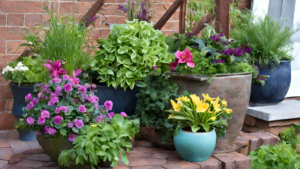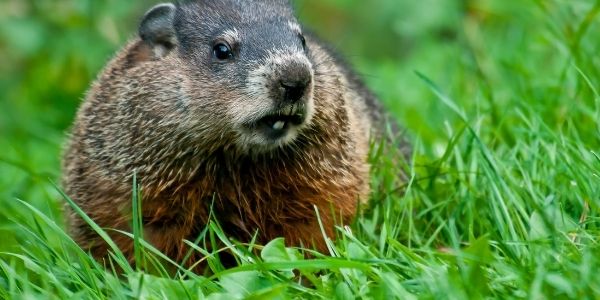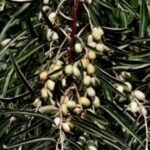Groundhogs are notorious for their ability to destroy gardens. They will often eat just about anything you plant, including hydrangeas, and have you searching for ways to protect your garden from destruction.
Although groundhogs eat a variety of different plants, there are some plants you can add to your garden that can help deter a groundhog’s interest in your hydrangeas. The key will be to use certain aromatic scents as deterrents.
Why are your hydrangeas on a groundhog’s menu?
Groundhogs eat vegetables, fruits, and plants, with some having more of an appeal than others. Hydrangeas happen to be one of the plants that can at times pique their interest. Why is that?
Well, groundhogs are especially attracted to sweet smells, such as fruits or vanilla. As a result, many people will opt to use these scents to bait groundhogs into traps so that they can remove them from the property and release them elsewhere. Almost anything with a sweet scent will catch a groundhog’s interest.
Hydrangea- Sweet Smelling Flowers
Many people will choose to add hydrangeas to their yard and gardens not just for the beautiful flowers that bloom, but also because of how aromatic they are.
Hydrangea flowers give off a sweet smell that can dominate a garden depending on the specific type of hydrangea planted. This sweet smell will often land on a groundhog’s radar if there isn’t a more appealing and aromatic plant around.
Just how appealing are hydrangeas to groundhogs?
For the most part, a groundhog will prefer fruits and vegetables over flowery vegetation. They won’t go out of their way to munch on your hydrangea plant with more appetizing options around. But if it is available and easily accessible it is not uncommon for a groundhog to eat them.
How to protect your hydrangeas from groundhogs?
The presence of groundhogs leaves many gardeners at a loss as to how to protect their gardens from a groundhog’s appetite.
To keep groundhogs away from your hydrangeas, you can try adding less appealing scents (less appealing to the groundhog that is) to your garden. You can do this by planting the following types of vegetation:
- Lavender
- Yarrow
- Rosemary
- Thyme
- Mint
- Oregano
- Sage
- Basil
- Chives
Groundhogs tend to find the smell of these plants repulsive. By planting them among your garden, a groundhog will be less likely to bother your garden.
If you would rather not plant such plants in your garden, you can also use a groundhog’s sense of smell to your advantage in other ways. Two common, and natural, deterrents that are used to repel groundhogs are:
- Cayan Pepper solution- one quart of water mixed with two teaspoons cayenne pepper
- Crushed Garlic
To protect your hydrangea plant, simply spray the Cayan pepper solution around the plant.
The same thing goes for the crushed garlic. Spread some crushed garlic around your hydrangea plant to keep groundhogs away. You will need to re-apply these things any time it rains, but you’ll be able to give your hydrangeas some protection with the smell they put off.
Related Articles
- Backyard Garden Design

- Front Yard Landscaping Ideas

- Smart Watering: The Key to a Vibrant and Lush Lawn
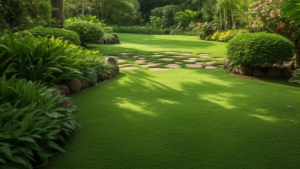
- Unveiling the Timeless Charm of Cottage Garden Inspiration
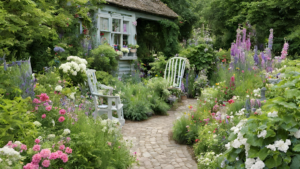
- Zen Garden DesignZen Garden Design

- Container Garden Ideas
